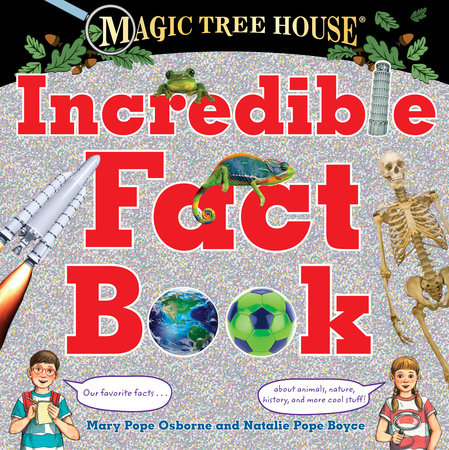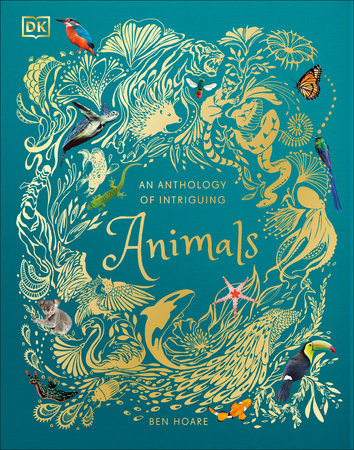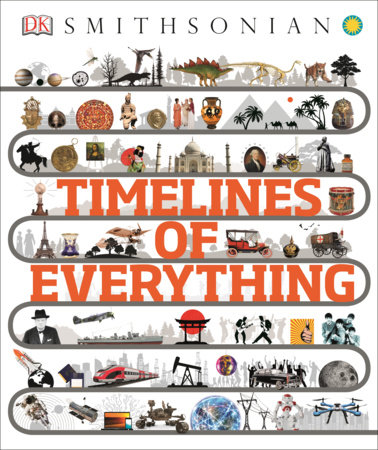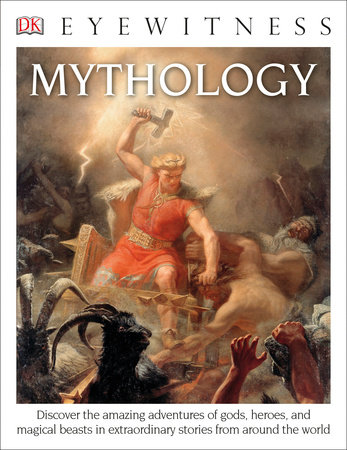How to Get Kids to Read Nonfiction
by Melissa Taylor
Is your child a reluctant nonfiction reader?
If she’s like most kids, she likes reading fiction but spends less than four minutes a day reading nonfiction.
Here’s why reading nonfiction is so important to a daily reading diet: Reading nonfiction develops reading comprehension, builds background knowledge, improves vocabulary, and develops analytical skills. Which is all good, right? And that may be why new Common Core State Standards require that 50 percent of the texts elementary students read be nonfiction. I know! So we better get our kids reading more nonfiction ASAP.
Now the million-dollar question is: How do you get kids to read (a lot of) nonfiction?
1. Go with Interests
Whether it’s LEGOs, dogs, or princesses, find nonfiction books that match your children’s passions. Include “how to” books that teach them how to yo-yo, knit, build simple machines, or whatever they find interesting.
You can even build interest in new topics with random facts. Tell your kids, “Did you know that lobsters are arthropods and so are arachnids?” Maybe they’ll think this factoid is so fascinating that they’ll want to read more. (Or is that just me?)
2. Compelling Visuals
We live in a visual culture. Kids want nonfiction book visuals that are up-to-date and colorful. Kids aren’t attracted to black-and-white line drawings or photographs from the ’70s. They want to see images that pop.
Even the visual design is important. Look for books with colorful backgrounds, borders, headings, and text.
-
An Anthology of Intriguing Animals
Also available from:
3. Good Text-to-Picture Ratio
Kids do not want big blobs of text. Find nonfiction books with a good balance of text and visuals. White space and text size are important, too, especially for younger readers. Instead of small print covering an entire page, look for larger text balanced with both images and white space, as in the DK Eyewitness Books.
4. Engaging Writing
Just like fiction, some nonfiction books are so good they’re hard to put down while others are narcolepsy inducing. Skim through books, pick a section to read, and you’ll be able to tell right away if the book is well written. Kids can learn how to do this with a bit of guidance from you.
5. Reading Out of Order
Many nonfiction books, unless they are written in sequential or narrative form, are designed for readers to read in any order. In other words, you can jump to any section and read only that section! It’s so liberating for kids who are used to reading novels cover to cover. Show kids how to use the table of contents. Then tell them that they can read sections of the book in any order. It will feel like breaking the rules! (Wahoo!)
6. Choice
The late Maya Angelou said, “Any book that helps a child to form a habit of reading, to make reading one of his deep and continuing needs, is good for him.”
It’s true.
Watch the magic happen when you let your child pick any nonfiction book to read. Yes, any. Even if you think the book looks dumb, remember that it’s not your opinion that matters here. You already read nonfiction. In fact, you’re reading this nonfiction article right now. Choice gives your kids ownership, power, and motivation.
Nonfiction Book Lists
Editor’s note: This post was originally published in 2015 and updated in 2018.










